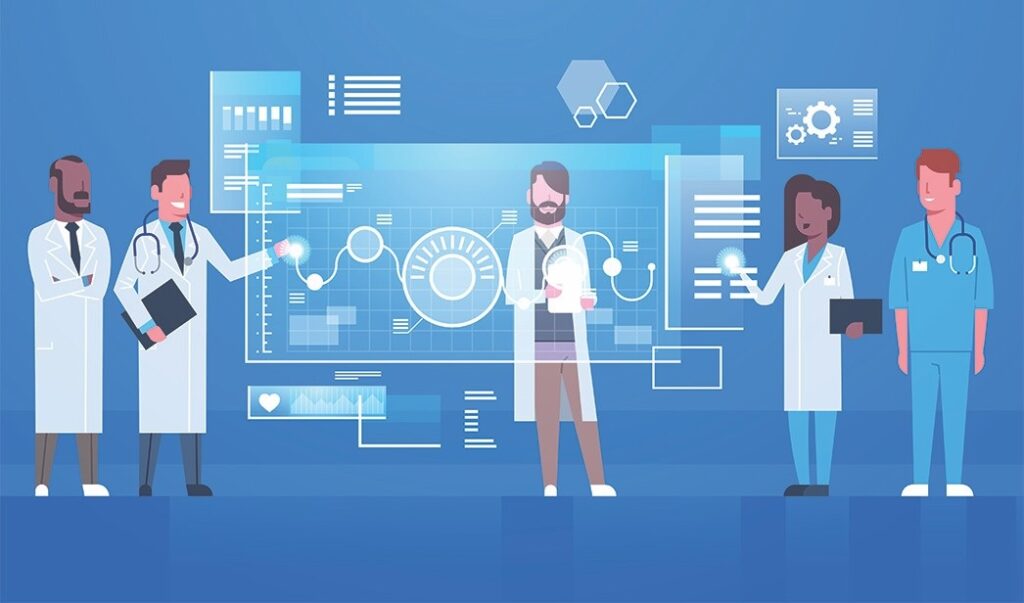In the ever-evolving landscape of modern organizations, the importance of IT support cannot be overstated. As businesses increasingly rely on technology for their day-to-day operations, the need for swift and efficient IT support has become paramount. IT departments are tasked with the challenging responsibility of identifying and resolving issues that can disrupt business operations and hinder productivity. To meet this challenge, organizations are turning to advanced IT support tools that not only streamline the process from triage to resolution but also enhance overall efficiency and user satisfaction.
The role of IT support has transformed significantly over the years. In the past, IT support primarily focused on reactive responses to issues reported by users. However, the modern IT landscape presents a myriad of complex challenges, including a diverse range of devices, applications, and remote work environments. Today’s IT professionals must address not only hardware and software issues but also security threats, compliance requirements, and the need for seamless remote support.
This article examines the application of advanced IT support tools in the journey from triage to resolution. We will explore how these tools empower IT support teams to efficiently identify, prioritize, and resolve issues, ultimately leading to improved service delivery and enhanced user satisfaction.
Triage in IT Support
Triage is a critical phase in IT support, where incoming issues are evaluated, categorized, and prioritized based on their impact and urgency. Without efficient triage processes, IT teams may find themselves overwhelmed by the sheer volume of requests, leading to longer resolution times and decreased user satisfaction.
Advanced Tools for Efficient Triage
To streamline the triage process, organizations are leveraging advanced IT support tools. These tools include Remote Monitoring and Management (RMM) systems, ticketing systems, Artificial Intelligence (AI) for issue classification, and diagnostic tools. Let’s delve into each of these areas.
Remote Monitoring and Management (RMM) Tools
RMM tools provide real-time monitoring of an organization’s IT infrastructure. They offer proactive issue detection and response capabilities, allowing IT support teams to identify and address potential problems before they escalate. With RMM tools, IT professionals can monitor network performance, server health, and security events in real time. This not only reduces downtime but also enhances overall system stability.
Ticketing Systems for Streamlined Communication
Ticketing systems play a crucial role in IT support by facilitating efficient communication and collaboration among support teams. These systems automate the creation of support tickets when issues are reported and track their progress until resolution. This not only ensures that no issue falls through the cracks but also provides a transparent and organized workflow for IT professionals.
Artificial Intelligence (AI) in Triage
AI-driven triage is revolutionizing IT support by automating the initial assessment of incoming issues. Machine learning algorithms can classify and prioritize issues based on historical data and predefined criteria, significantly improving response times and accuracy. AI-driven triage frees up IT support personnel to focus on more complex tasks, while routine issues are handled swiftly and efficiently.
Diagnostic Tools for In-Depth Issue Analysis
Advanced diagnostic tools enable IT support teams to perform in-depth analysis of system logs, performance metrics, and other data sources. These tools help pinpoint the root causes of issues, leading to faster and more accurate resolutions. By quickly identifying the underlying problems, IT professionals can reduce downtime and minimize user disruption.
Collaboration Platforms for Team Communication
In today’s digital age, collaboration platforms are essential for real-time communication among IT support professionals. These platforms offer virtual team environments where remote support can be coordinated seamlessly. Improved communication enhances the efficiency of IT support teams, particularly in situations where multiple experts may need to collaborate to resolve complex issues.
Remote Desktop Assistance and Control
Remote Desktop Assistance tools allow IT support teams to provide assistance and troubleshoot issues from a distance. This capability is especially valuable in remote work environments, where physical access to the user’s device may not be possible. Efficient remote assistance enhances the user experience by resolving issues promptly and reducing downtime.
Knowledge Base Systems for Self-Service Support
Knowledge base systems empower users to troubleshoot common issues independently. These comprehensive repositories of information provide step-by-step guides and solutions to common problems. By encouraging users to utilize self-service support options, organizations can reduce the dependency on IT support for routine issues, freeing up IT resources for more critical tasks.
Automated Patch Management
Timely software updates and patch management are critical for IT security. Advanced tools automate the deployment of software updates, ensuring that systems are protected from known vulnerabilities. Automated patch management not only enhances system security but also simplifies the maintenance process for IT professionals.
Continuous Improvement through Analytics
Analytics play a significant role in continuous improvement in IT support. By analyzing performance data, IT teams can identify trends and recurring issues. This insight enables organizations to implement proactive measures for long-term stability, addressing root causes rather than merely addressing symptoms.
Conclusion
The journey from triage to resolution in IT support is a complex and challenging one, made even more demanding by the evolving IT landscape. However, advanced IT support tools are empowering organizations to meet these challenges head-on. By embracing tools such as RMM systems, ticketing systems, AI-driven triage, diagnostic tools, collaboration platforms, remote assistance, knowledge base systems, automated patch management, and analytics, organizations can provide proactive and efficient support.
The transformative impact of these tools on IT service delivery cannot be overstated. They reduce downtime, enhance user satisfaction, and empower IT professionals to address complex issues with greater efficiency. As organizations continue to rely on technology for their operations, it is imperative that they adopt and adapt advanced IT support tools to ensure the stability and success of their IT infrastructure. In doing so, they position themselves to thrive in the ever-changing landscape of modern business.
